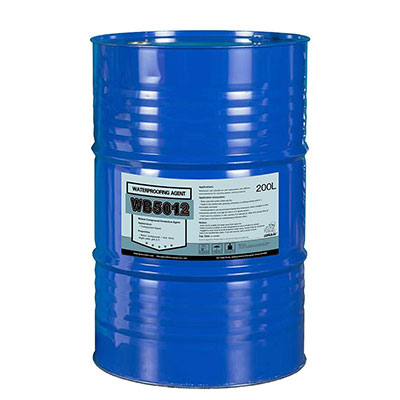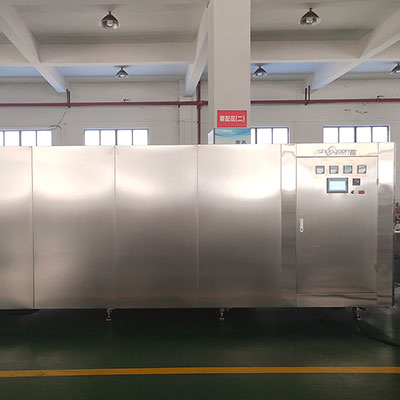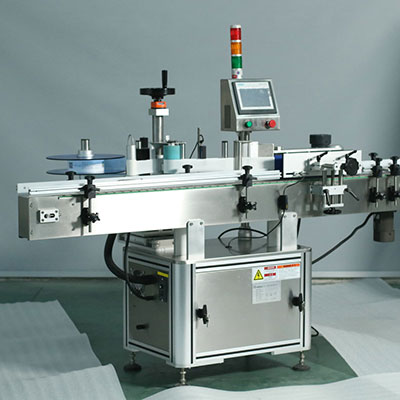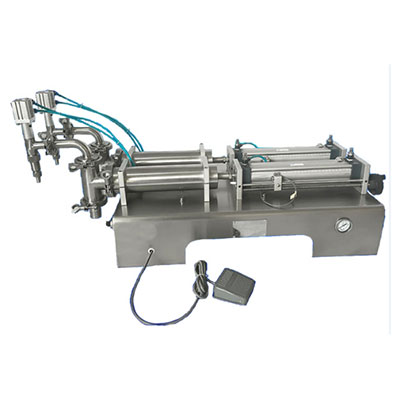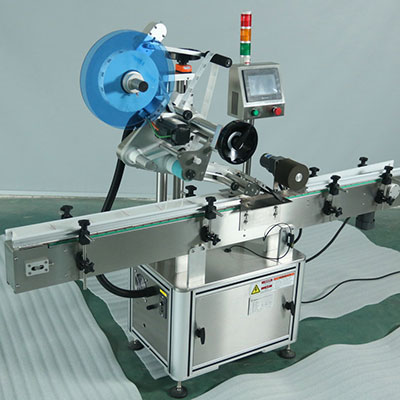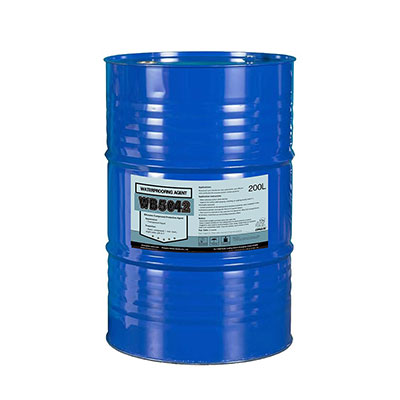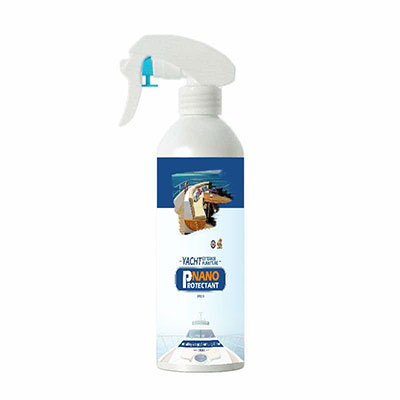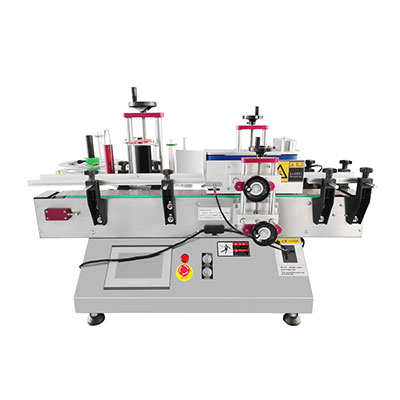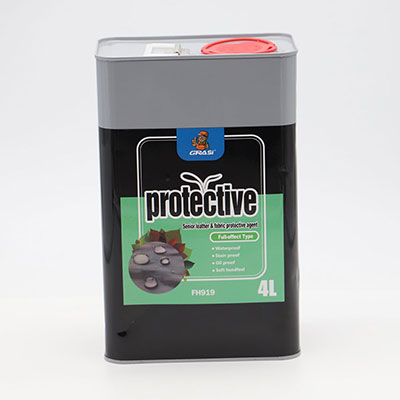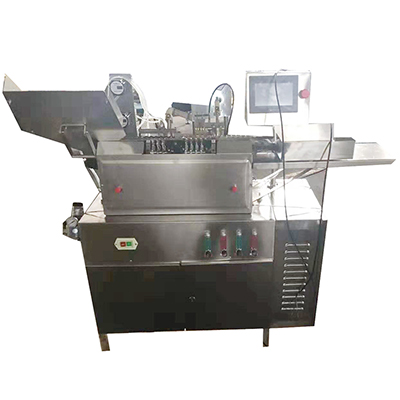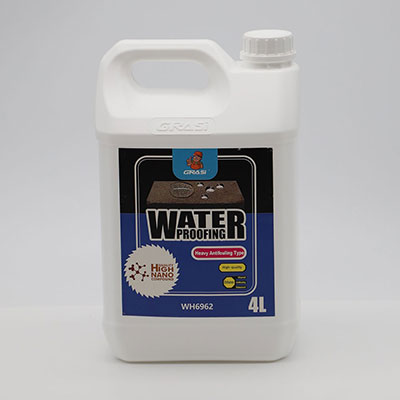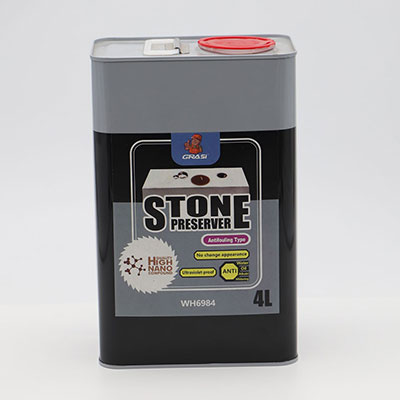Reactive Power Compensation System
The MRD-LBC reactive power compensation system is actually a combination of reactive power compensation and harmonic filtering, while its capacitors, reactors and corresponding controllers are designed in modules to make this electrical equipment into a standardized, simplified and small-sized product.
Our modular reactive power compensation cabinet has many outstanding features as demonstrated below.
1. Small Size
The compact structure reduces product size by 50% or so when compared with conventional ones.
2. Flexible Assembly
Manufacturers just need to produce standard modules, and then assemble these components together freely.
3. Easy Expansion
If necessary, end-users could add new modules to expand its capacity.
4. Simple Busbar
The busbar is connected in a simple, safe and reliable way.
5. Convenient Maintenance
Under the condition that there is a problem, operators just need to take out the problematic module for maintenance without dismounting the entire reactive power compensation system.
6. Smooth Wiring
All the electrical components inside allow easy access.
7. Powerful Function
For this low voltage reactive power compensation equipment, 3-phase compensation, phase divided compensation and a blend of both compensation strategies are available to optimize overall performance.
Schematic
Operating Condition
1. Technical standard: EN60439-1, EN60831-1, IEC439-1
2. Rated voltage: 230V-690V (Max. 10% during 8 hours each day)
3. Rated frequency: 50 Hz or 60Hz
4. Installation site: Indoor places with maximum altitude of 2500m (For outdoor use or higher altitude, please contact us)
5. Protection class: IP20 or IP00 (For IP54, please contact us)
6. Temperature: 5℃~35℃. For higher temperature, please contact us.
Ordering Instruction
The following information shall be specified when ordering our reactive power compensation system.
1. Control mode: Intelligent or manual
2. Control switch, combination switch or contactor
3. 3-phase compensation or phase divided compensation
4. Group number and adjust steps of capacitor
5. Rated voltage, rated capacity, reactance ratio coefficient
6. Wiring method and copper strip position
7. Load switch and air cooling system
8. Cabinet size, protection class, packaging and transportation requirements
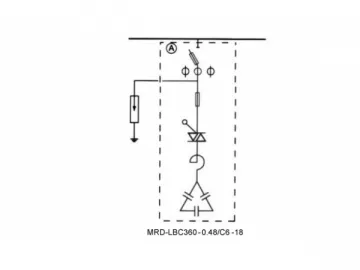
Links:https://globefindpro.com/products/75643.html
-
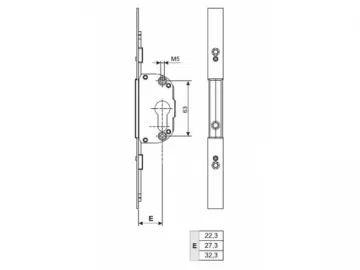 AGC51.28 Gearbox
AGC51.28 Gearbox
-
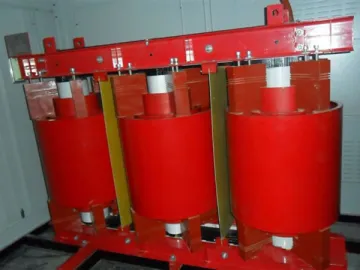 Grounding Transformer
Grounding Transformer
-
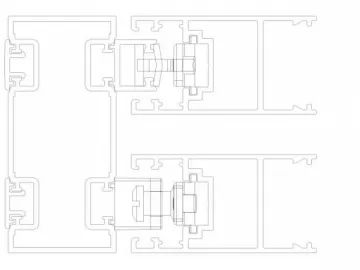 PH Handle: 2 Leaf Sliding Door Solution
PH Handle: 2 Leaf Sliding Door Solution
-
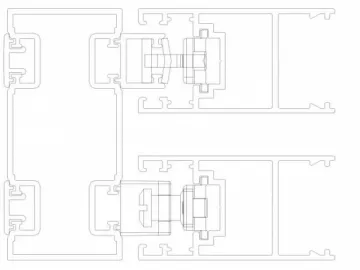 PH Handle with Cylinder: 2 Leaf Sliding Door Solution
PH Handle with Cylinder: 2 Leaf Sliding Door Solution
-
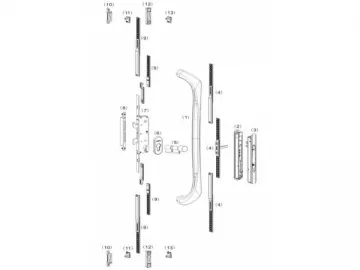 DH Lock with Pull Handle 600: 4 Leaf Sliding Door Fitting
DH Lock with Pull Handle 600: 4 Leaf Sliding Door Fitting
-
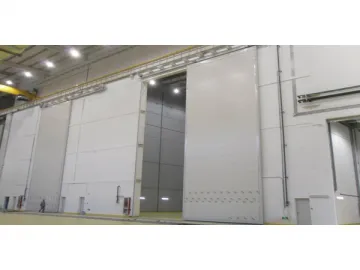 Hangar Door
Hangar Door
-
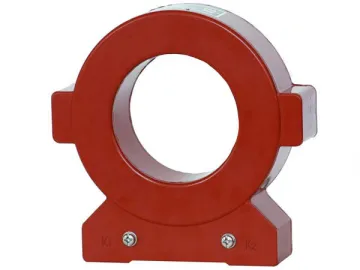 Zero Sequence Current Transformer
Zero Sequence Current Transformer
-
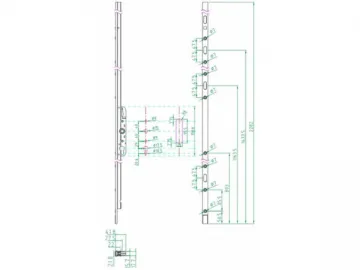 LSG715.00.011 Gearbox
LSG715.00.011 Gearbox
-
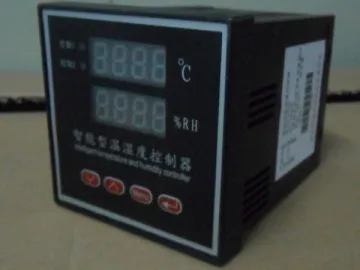 Temperature and Humidity Controller for Switchgear
Temperature and Humidity Controller for Switchgear
-
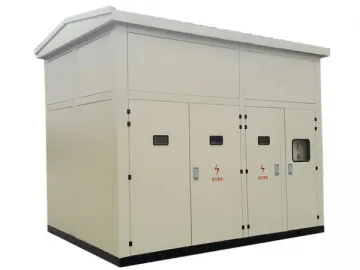 Arc Suppression Coil
Arc Suppression Coil
-
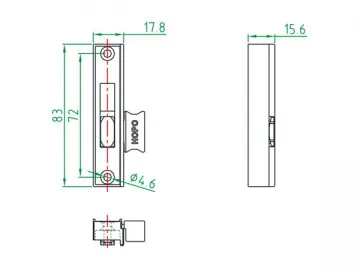 SBL40.00.07 Gearbox
SBL40.00.07 Gearbox
-
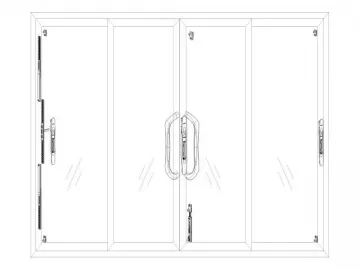 Rhyme of Light Series: 4 Leaf Sliding Door Fitting
Rhyme of Light Series: 4 Leaf Sliding Door Fitting
